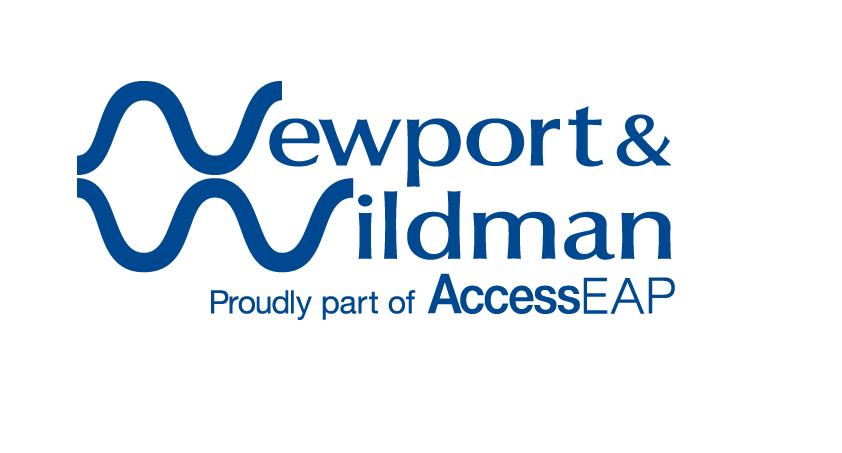
Do you know how to maximise use of your EAP to support a mentally healthy workplace?
This week I attended a seminar hosted by the National Safety Council of Australia Foundation and Sparke Helmore Lawyers which addressed what businesses need to know about managing mental health in the workplace.
The seminar was attended by more than 150 human resource and workplace health and safety professionals from various industries and hosted an impressive panel of experts – Lucy Brogden, National Mental Health Commissioner at the National Mental Health Commission; Tim Moran, Acting Head of Workplace Engagement at beyondblue; and Bill Kritharas, Partner at Sparke Helmore.
The panel made a number of key points in regards to the challenges faced by businesses and how they can apply practical solutions, notably developing a wellbeing strategy, creating a culture that is open and educates employees – this starts from the top, and using risk management techniques to understand and minimise mental health risks. These were all valid points, but from my own observations and the audience’s feedback, there seemed to be a lack of awareness amongst businesses on what support there is to achieve a mentally healthy workplace.
The audience was seeking guidance on how to raise awareness, how to educate employees and to how talk about mental health in the workplace, and significantly how to obtain executive level buy-in. As mentioned at the seminar Heads Up provides excellent tools and resources and this is a great place to start. However, the questions highlighted a lack of general awareness on how businesses can use their employee assistance programs (EAPs) to help. For example, their EAP can support the organisation in increasing the protective factors, those factors which will protect against distress and mental health issues, such as educating and raising awareness about mental health, as well training for resilience and stress management. Lucy Brogden gave a great example of supporting managers by utilising the EAP providers Managers Support Hotline. These are just a few ways your EAP can help you create a mentally healthy workplace.
Of greater concern, is do employers know their EAP provider can also support organisations creating a mentally healthy workplace? Are EAP providers doing enough to promote their services, or could it be that employers aren’t promoting their EAP because the EAP is considered a cost not an investment in their human capital? Either way, EAP providers need to do more to raise awareness of their services, encourage use of EAP services and work strategically with organisations to minimise risk and maximise protective factors in the workplace. Likewise, organisations need to realise their employees mental health is a significant workplace issue and requires a top down strategic approach to create a culture of genuine commitment and care for employees.
Our research shows that stress is still by far the number one presenting workplace issue, which can lead to mental health problems if not addressed. One in five Australians are affected by mental illness, but only a fraction of workers with access to an EAP will seek help. A large proportion of organisations have EAP’s and 95% of these programs are underutilised. By working together and truly regarding people as our greatest asset, EAP providers and organisations can provide education on mental health, provide skills-based training for managers on how to manage mental health in the workplace, and provide early intervention and support for employees. This will have long-term benefits for organisation health through improved productivity, lower absenteeism and presenteeism, and reduced workers compensation costs. More importantly, your employees will enjoy a fulfilling work life.



